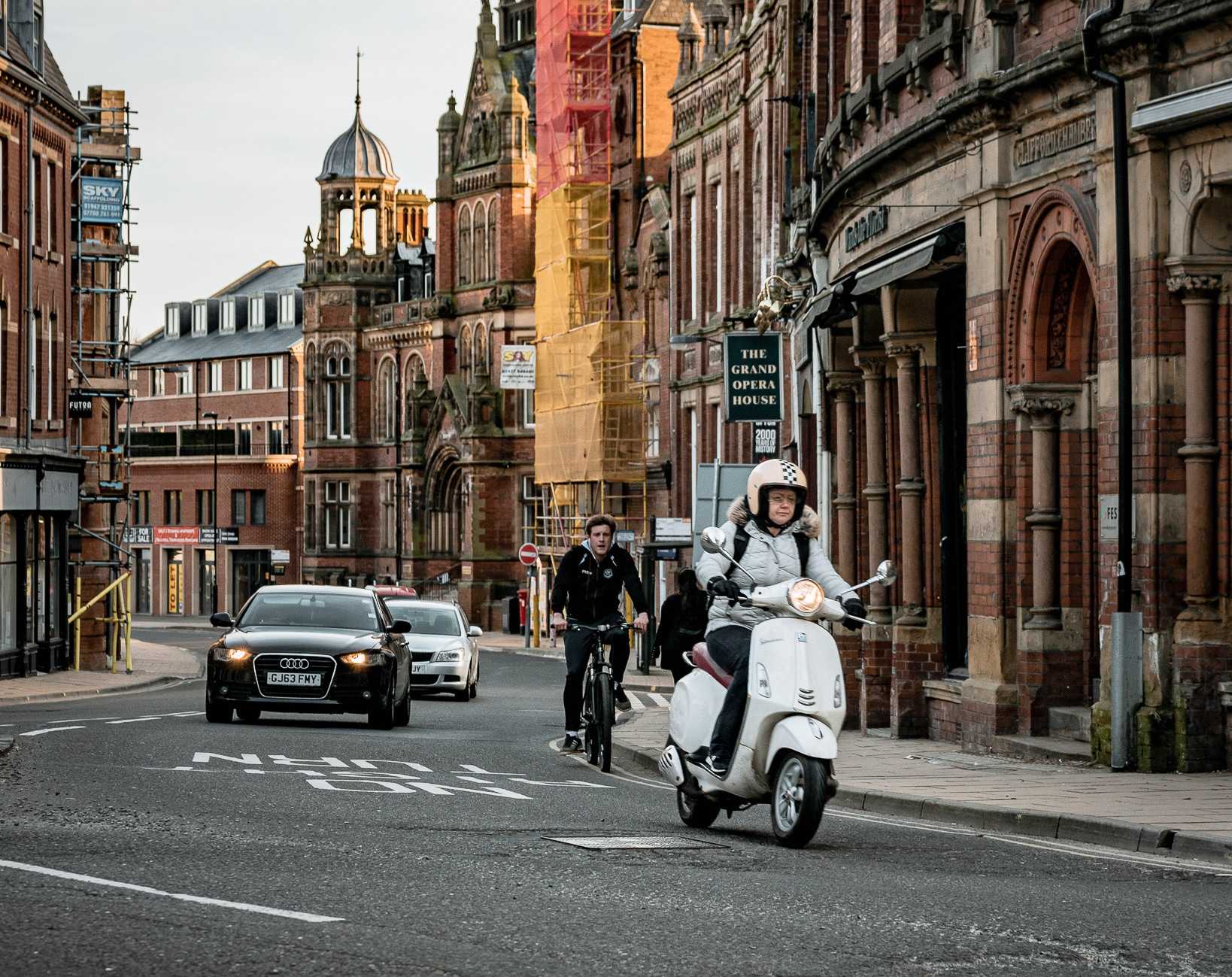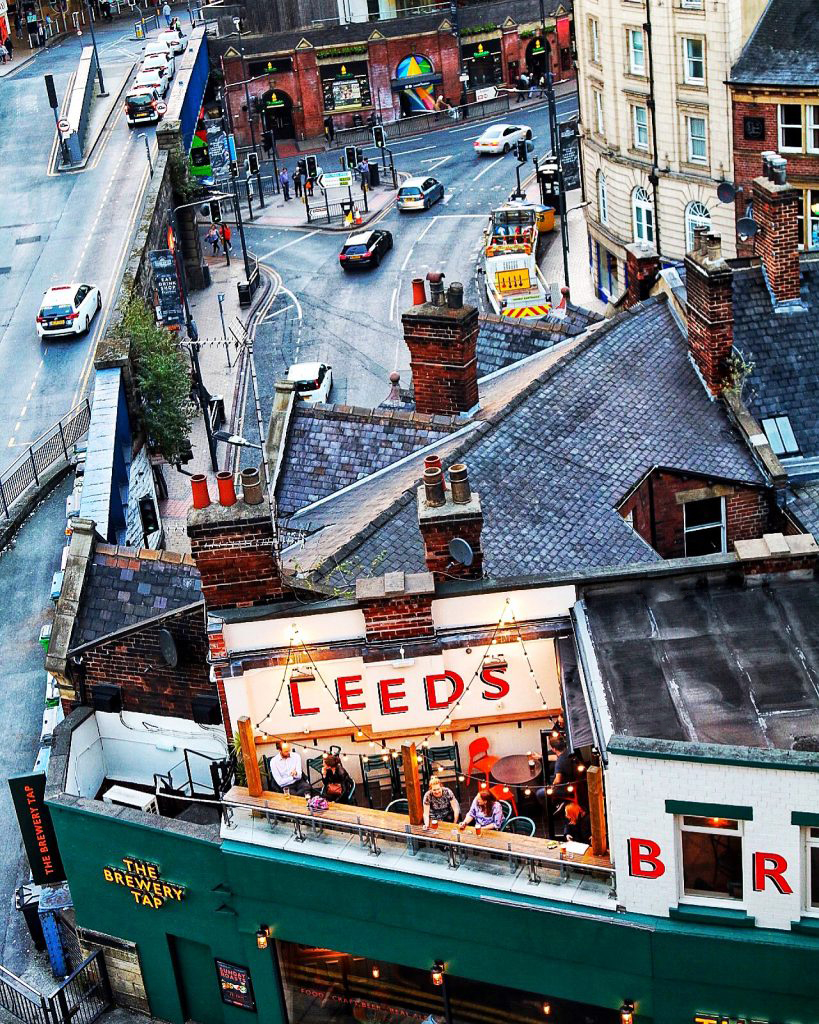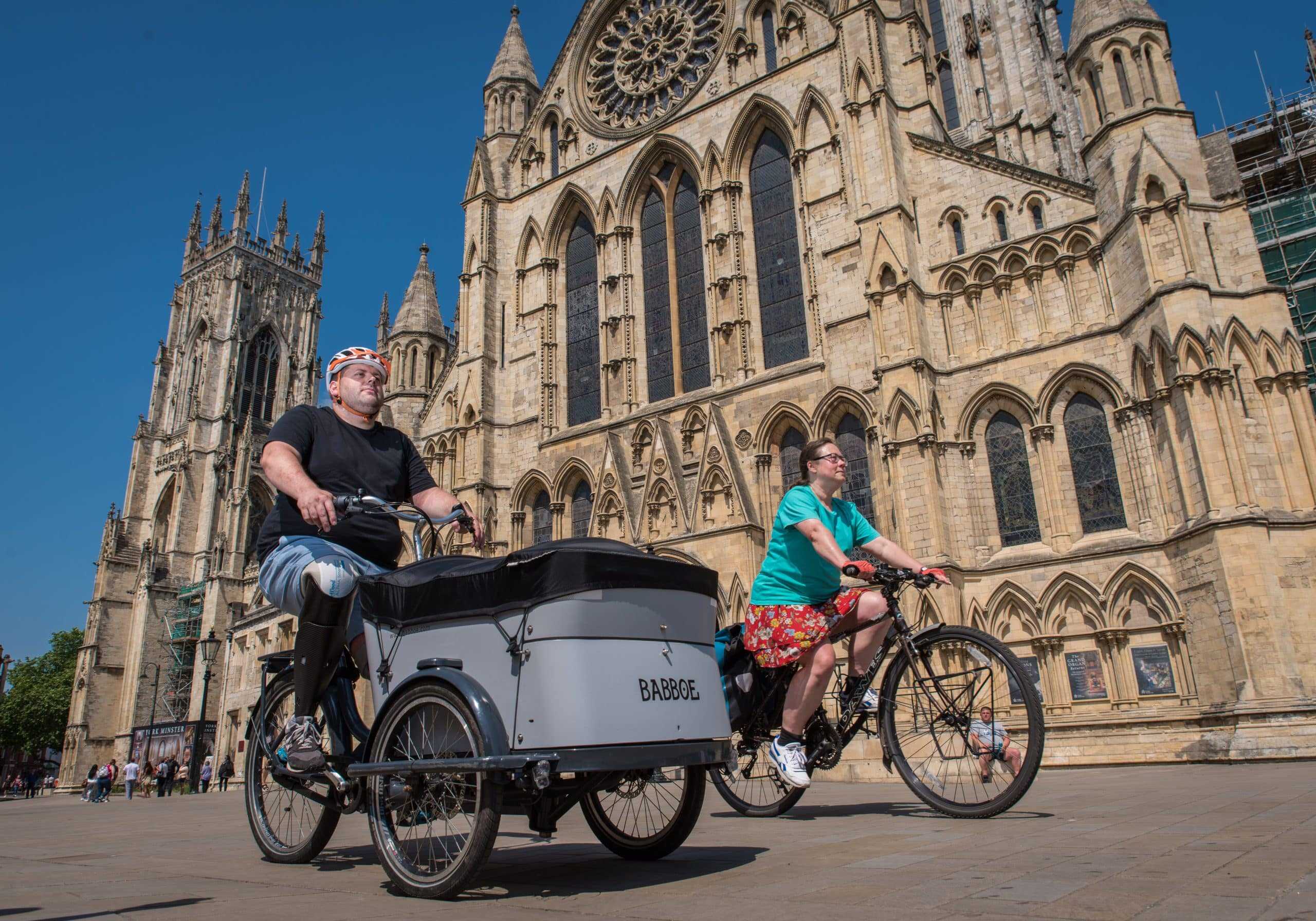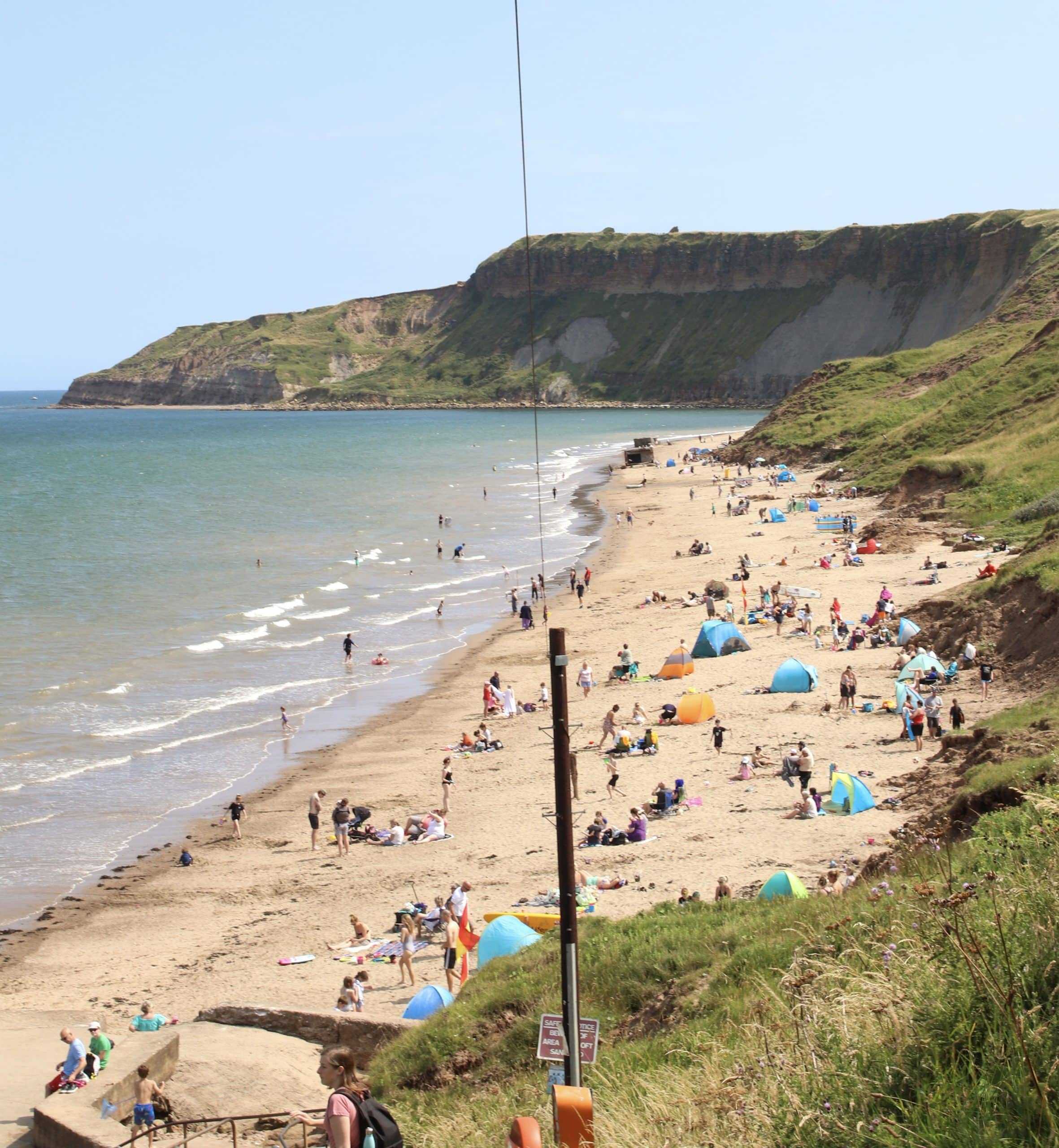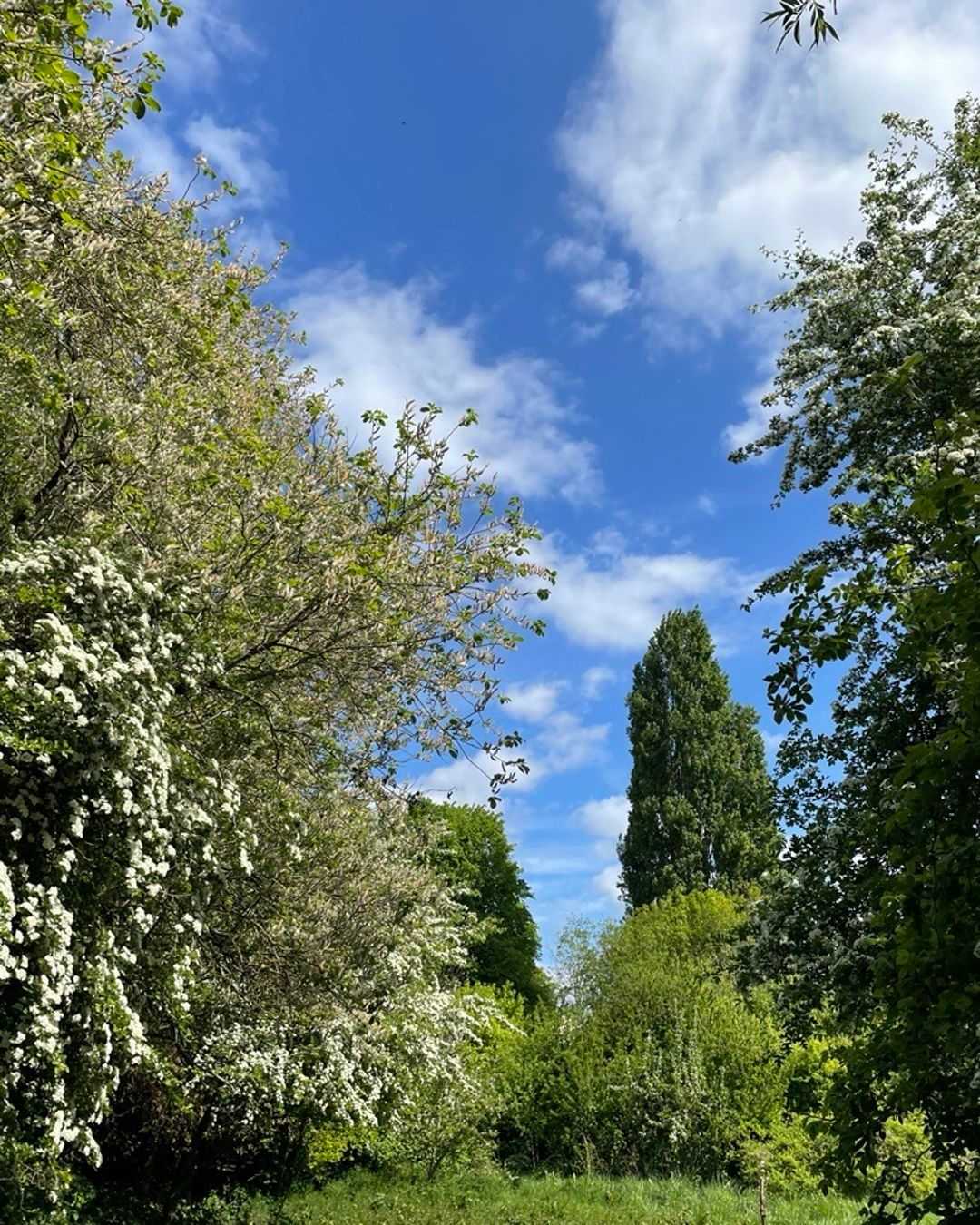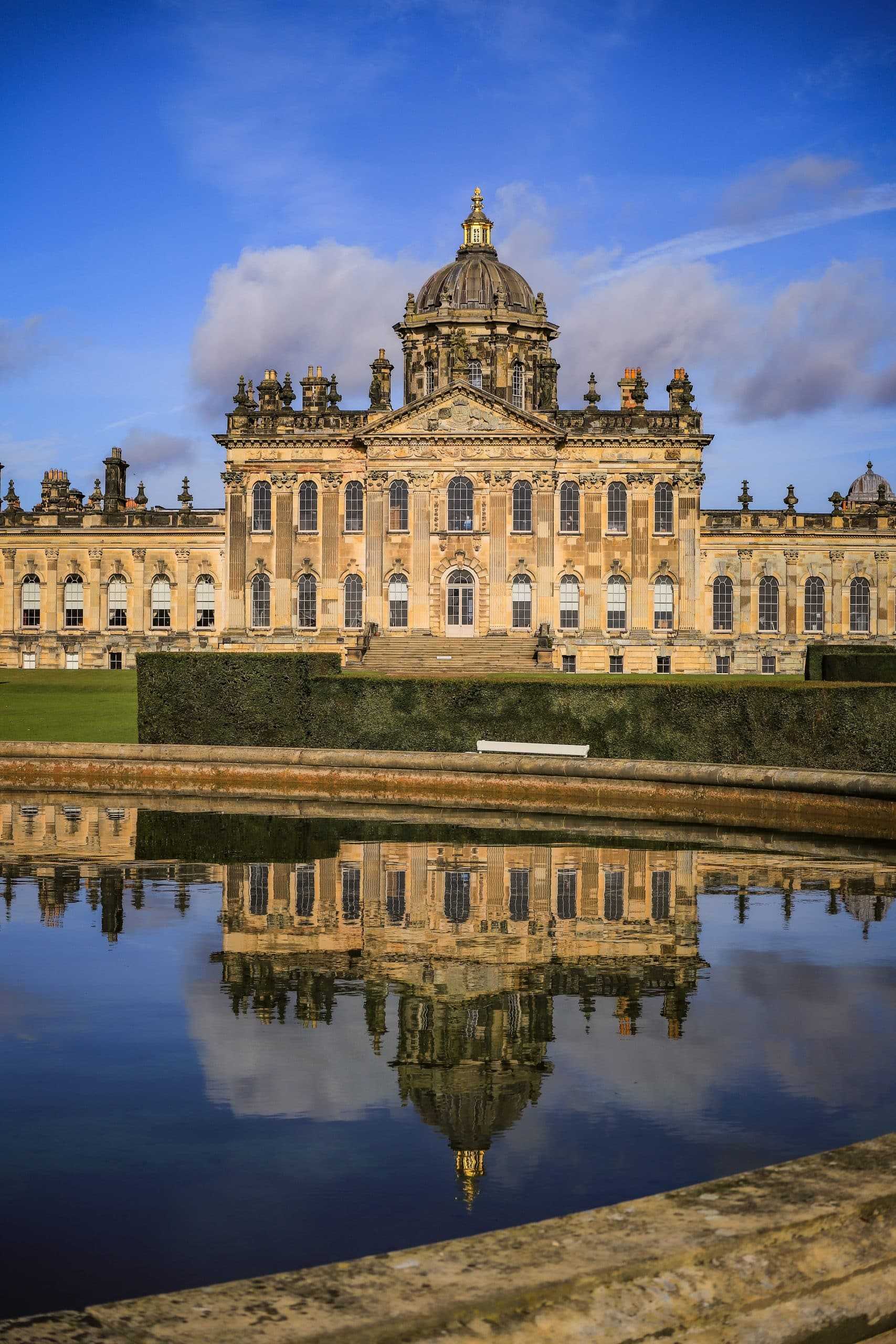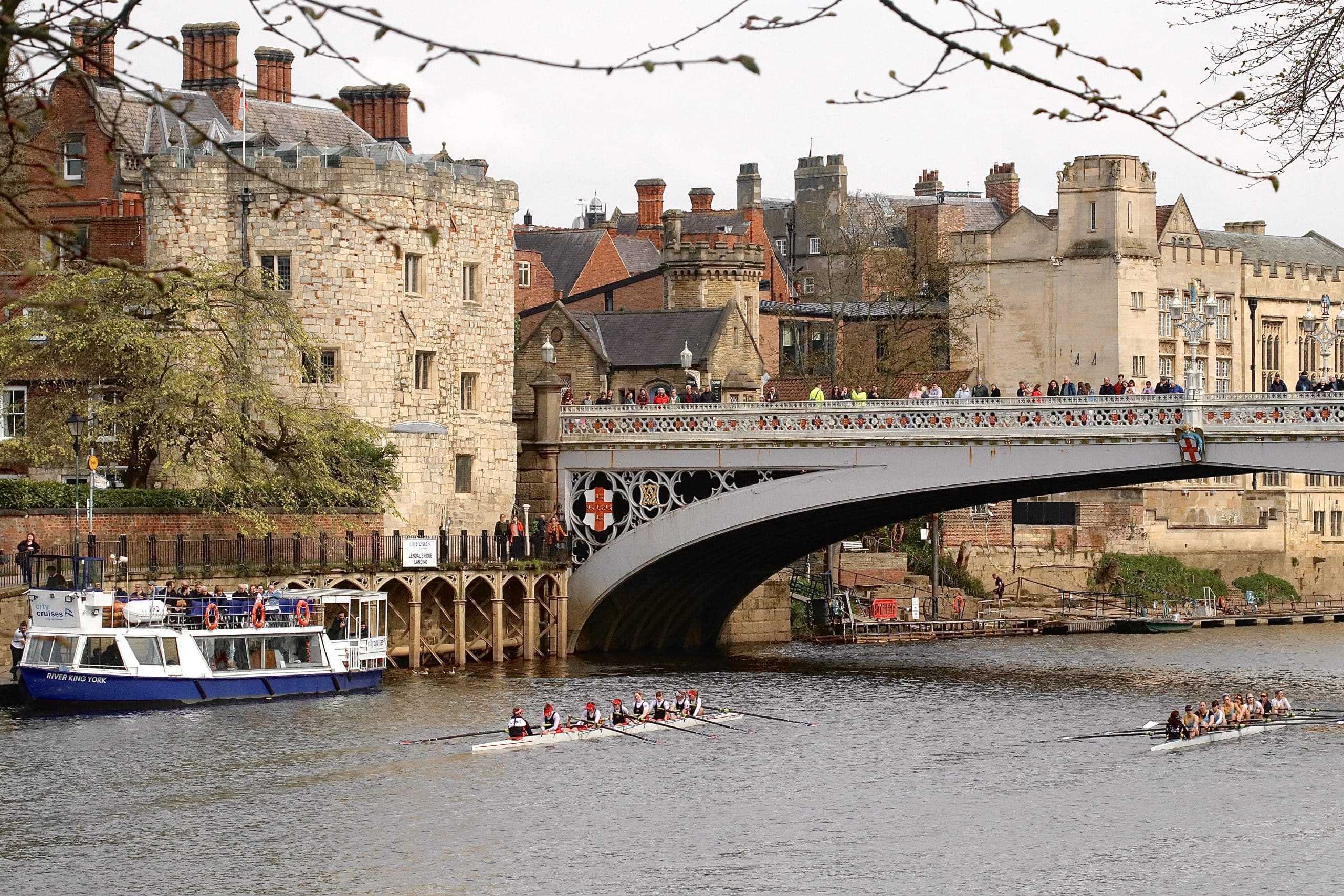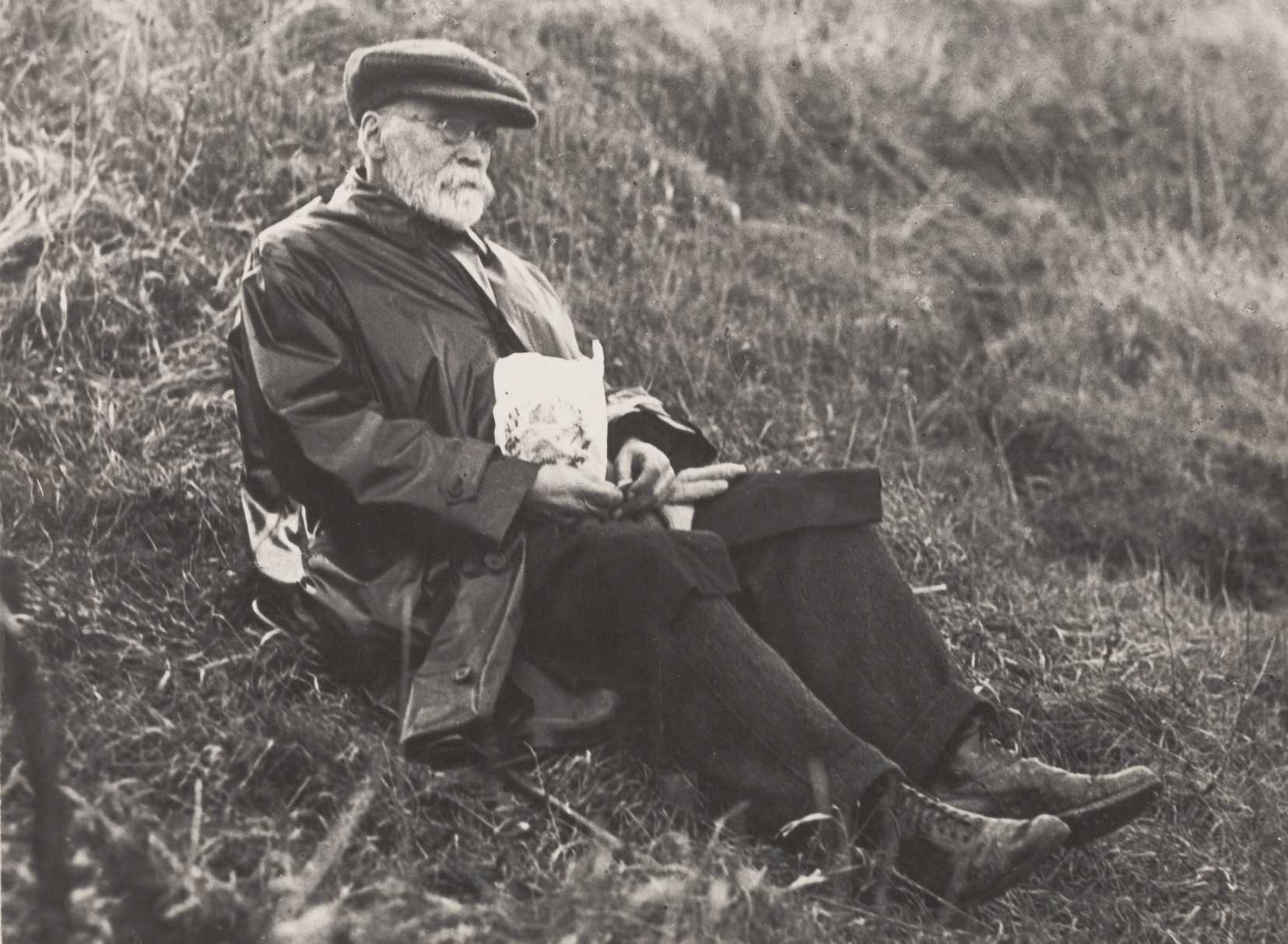York is a city where history and innovation blend seamlessly. With over 2,000 years of heritage, York’s identity is deeply rooted in its past, from the ancient Roman walls and Viking artifacts to the medieval architecture and Georgian elegance that line its iconic streets. But York is far from being just a historic city – it is a place that embraces modernism with ambition and vision. As a UNESCO City of Media Arts, a City of Sanctuary, and a Human Rights City, York has made a conscious commitment to inclusivity, creativity, and social justice. Our city is renowned for its welcoming atmosphere, vibrant communities, and forward-thinking spirit. Home to two world-class universities – the University of York and York St John University – and outstanding schools and colleges – it attracts students and scholars from across the globe.
Meanwhile, York’s compact size makes it a highly walkable and bike-friendly city, allowing residents and visitors alike to enjoy its charming streets and green spaces with ease. In recent years, York has also positioned itself as a leader in sustainable living. From our ambitious Climate Change Strategy aiming to make York carbon neutral and climate ready by 2030 to our commitment to sustainable transport networks and eco-friendly urban planning, York is continually evolving to meet the needs of the future while preserving its unique historic character.
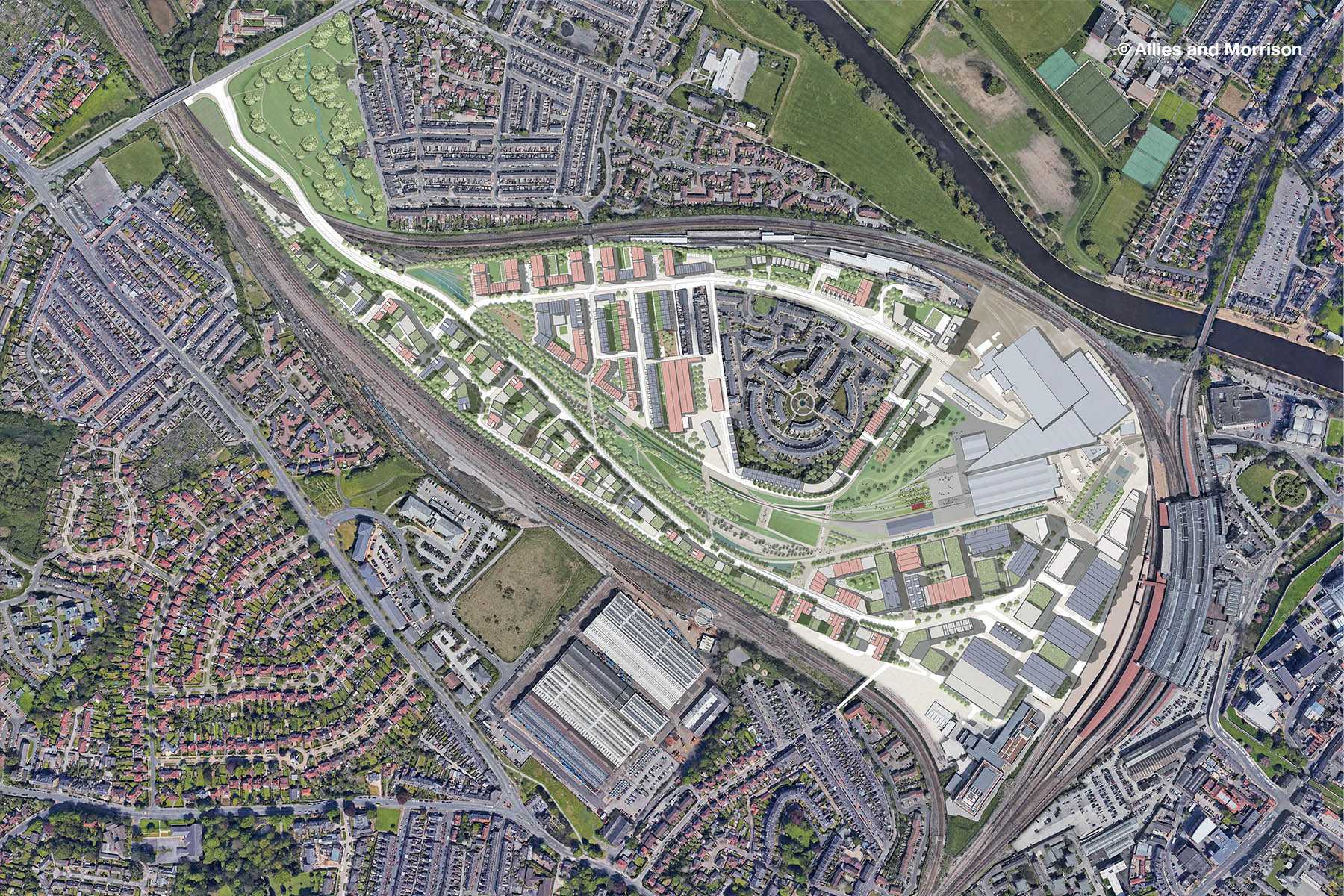

Living and Visiting
York is consistently ranked among the best places to live and visit in the UK – and for good reason. As a place to live, it offers an outstanding quality of life. Whether you’re drawn by the excellent schools, the wide range of job opportunities, or the unique blend of urban and rural living, York has something to offer everyone. The city is known for its strong sense of community, supported by an extensive network of local organisations and volunteer groups that help create a supportive and inclusive atmosphere. For those who visit, York’s appeal lies in its rich tapestry of culture and history. Attractions like York Minster, the National Railway Museum, and the Jorvik Viking Centre are complemented by bustling independent shops, cafes, and a dynamic arts scene that reflects our status as a UNESCO Cityof Media Arts. The Aesthetica Short Film Festival and the York Festival of Ideas are just some of the cultural highlights that bring creative energy and international attention to the city. But York isn’t just about tradition; it’s also a hub for innovation. The York Central project is set to transform underused land near the railway station into a vibrant, mixed-use community with homes, office spaces, and iconic public spaces. This development, alongside the York Station Gateway project, will make the city even more accessible and attractive to both residents and visitors alike.
Preservation and Innovation
City of York Council plays a crucial role in safeguarding York’s heritage whilst encouraging innovation and sustainability. We are committed to maintaining the character of the city’s historic core but adapting to the needs of a 21st Century population. This requires a careful balance between preservation and progress. Our recently adopted Local Plan sets out a long-term vision for growth that respects the city’s unique architecture and heritage while accommodating modern needs. Through policies on sustainable housing, green infrastructure, and climate resilience, we ensure that development aligns with our carbon reduction goals. For example, the York Station Gateway project aims to modernise transport infrastructure without compromising the historic fabric of the station area. The council also supports local businesses through promoting initiatives like the Good Business Charter and the Living Wage Foundation, ensuring that economic growth benefits residents fairly. We are also actively working on reducing inequality by addressing health disparities and supporting community-led projects that tackle social exclusion.
Changes and Development
York is undergoing a period of significant transformation, driven by several flagship projects. One of the most ambitious is the York Central development, which will deliver around 2,500 new homes, including social rent and other affordable housing, and over 6,500 jobs. The development will also include public parks and cultural spaces, creating a new urban quarter that celebrates York’s heritage while paving the way for a modern, inclusive future. The York Station Gateway project will improve access to the railway station, making it more user-friendly while integrating it better with the surrounding area. This project will enhance pedestrian and cyclist connectivity and create a welcoming gateway to the city, showcasing York as a dynamic hub of connectivity. In the city centre, the Reimagining York’s Streets programmewill focus on making public spaces more accessible, sustainable, and family-friendly. This includes revitalising Coney Street Riverside, with pedestrian-friendly zones, and more green areas. It’s all about making York’s historic core not just a place to visit, but a place to live and work sustainably. Furthermore, the Local Plan outlines how York will address the housing crisis by prioritising affordable, energy-efficient homes, including the development of new neighbourhoods with good levels of infrastructure, that integrate well with existing communities.
Challenges and Opportunities
One of York’s most critical challenges is housing affordability. High demand has driven local house prices significantly above the national average, putting home ownership and renting increasingly out of reach, particularly for young people and families. The council is tackling this head-on by prioritising affordable homes, such as in the transformative York Central development, where over 20% of 2,500 planned homes will be affordable. Additionally, we ensure developments on council housing land, like Ordnance Lane, deliver 100% truly affordable housing including social rent, built to high environmental standards, lowering energy costs for residents. Climate change also presents urgent risks to York’s future. Our rich heritage requires careful preservation alongside robust adaptation strategies. To manage flooding, the council actively champions the innovative Ousewem project, using natural flood management methods, including wetland creation, strategic tree planting, soil management, and leaky dams, to reduce upstream flood risks. Ousewem not only protects York residents, homes, and businesses from flooding but also enhances biodiversity, water quality, and carbon capture, creating a greener, more resilient city in partnership with local communities. York’s compact, historic streets amplify challenges around transport and congestion. The council’s Local Transport Strategy addresses this proactively, aiming to reduce car dependency through enhanced pedestrian and cycling routes and improved public transport. The York Station Gateway project exemplifies this effort, transforming the station area into an accessible, welcoming transport hub connecting trains, buses, bikes, and pedestrians seamlessly. Yet these challenges open doors to significant opportunities. York is becoming a national leader in sustainability and green innovation. Projects like My Castle Gateway showcase how creative community engagement can shape climate-resilient public spaces that meet residents’ needs. Economically, initiatives such as the refurbished Guildhall, now a dynamic creative and digital enterprise hub, and Bio-Yorkshire – a collaboration driving green innovation in bioscience and agri-tech – position York as a leading city for sustainable economic growth, innovation, and job creation.
2032 and Beyond
Looking to 2032 and beyond, York will be a vibrant, prosperous, welcoming and sustainable city, where everyone can share and take pride in its success. We envision York as a global exemplar of green living, where modern infrastructure coexists with historic environments. The city will be carbon neutral, thanks to projects like the Reimagining York’s Streets plan which is prioritising green infrastructure, pedestrianisation, and eco-friendly public spaces, whilst making sure the city is welcoming and accessible for everyone. Economically, York will have capitalised on its status as a knowledge city, attracting both established companies and innovative start-ups to set up their headquarters here. The York Central development will be nearing completion, providing not just new housing but also 1million square feet of high-quality office space that attracts talent from across the UK and beyond. This development will include community spaces that encourage social interaction, creativity, and learning, reflecting the city’s commitment to inclusivity. The city’s transport network will be a model of sustainability and accessibility. York’s pioneering work in promoting cycling and walking, alongside efficient public transport networks, will have reduced car dependency and improved air quality. Major projects like the York Station Gateway will mean better connectivity for residents and visitors, encouraging the use of public transport and reducing congestion. York will be a fair and inclusive city, where disparities in health and economic opportunities have been reduced through targeted interventions. For instance, our Joint Health and Wellbeing Strategy is tackling inequality by investing in community-led health projects and supporting vulnerable groups with tailored services. By empowering communities to shape their own futures, York will have become a place where everyone can thrive.
Residents, Visitors, and the Economy
The changes we are making will deliver benefits across three key areas: residents, visitors, and the economy. For residents, the focus is on improved quality of life and wellbeing. Delivering more affordable housing will enable families and young people to remain in the city they love. Our investment in sustainable transport, such as improved bus services and new cycle lanes, will reduce congestion and improve air quality, promoting healthier lifestyles. Moreover, enhanced public spaces will provide safe and welcoming environments for socialising and relaxation. For visitors, York will continue to be an iconic destination with improved facilities and infrastructure to enhance their experience. Projects like Station Gateway will create a more welcoming arrival point, with better wayfinding and integration between different transport modes. Redeveloped areas will add to York’s cultural offer, making it easier to explore and experience both the historic and modern aspects of the city. Economically, the transformation will generate significant job creation and investment opportunities. By promoting sectors like bioscience and digital innovation, York will diversify its economy while capitalising on its strengths. Projects like Bio-Yorkshire will not only put York on the map as a leader in green innovation but also provide good quality, long-term employment and training opportunities. Additionally, initiatives to support local businesses and social enterprises will help strengthen the community’s economic resilience.
Collaboration and Community
Ultimately, York’s success hinges on collaboration and community involvement. The council is committed to listening to residents and working closely with businesses and partner organisations to shape a future that benefits everyone. Whether it’s through community consultations on major projects or targeted health interventions that address inequality, our approach is grounded in inclusivity, ambition,and transparency. York’s greatest asset is its people, and we recognise that preserving the city’s unique historic character while embracing change requires a partnership between the council, residents, businesses, and visitors. Our aim is to make York not just a city that people are proud to call home, but also a global example of how heritage, innovation, and community spirit can coexist harmoniously. By staying focused on our core commitments of equal opportunity, affordability, climate action, and health and wellbeing, we are building a city where everyone can thrive. York’s future is bright, not just because of our ambitious projects, but because of the collective will to make it a better place for all.
